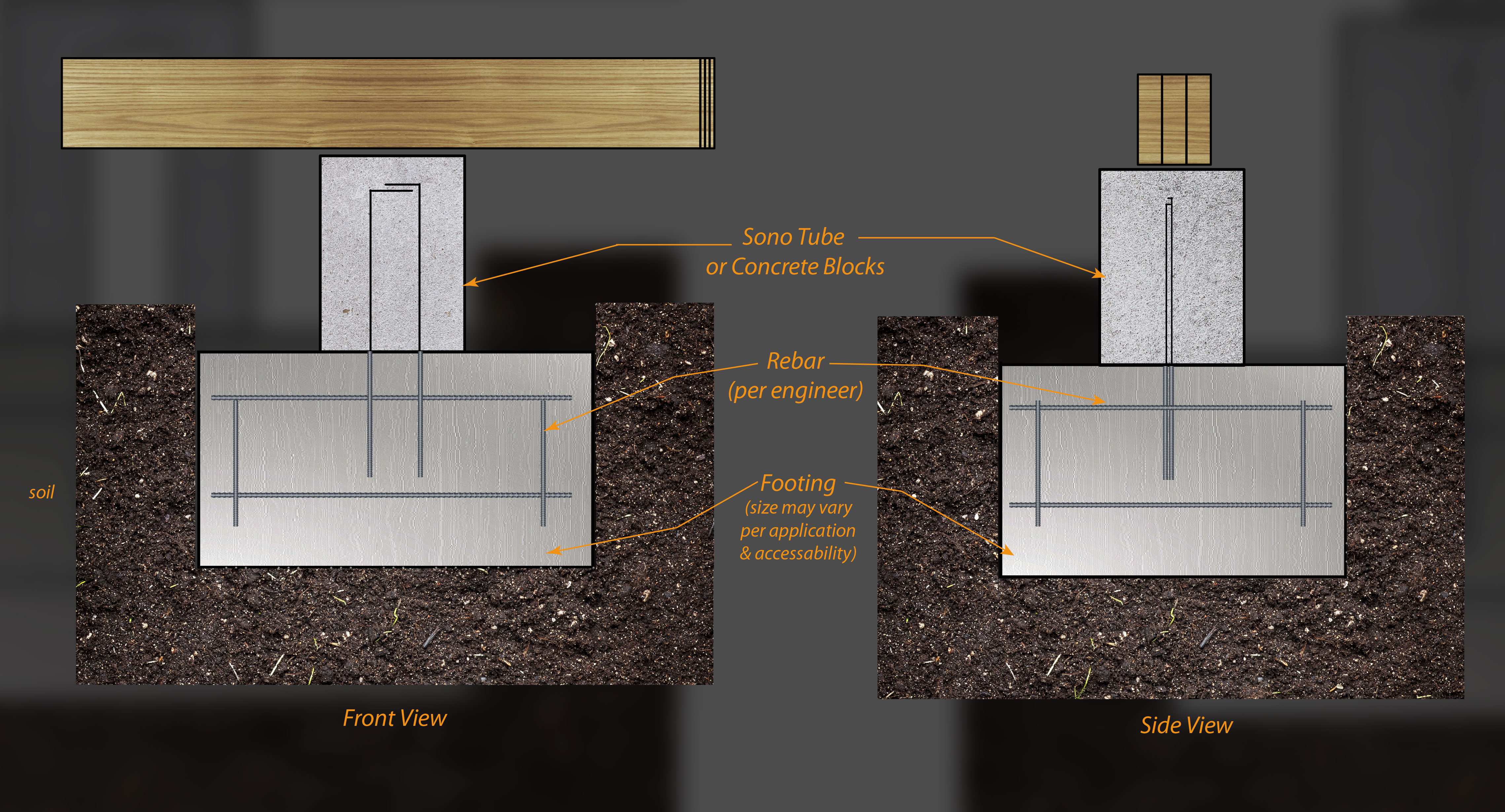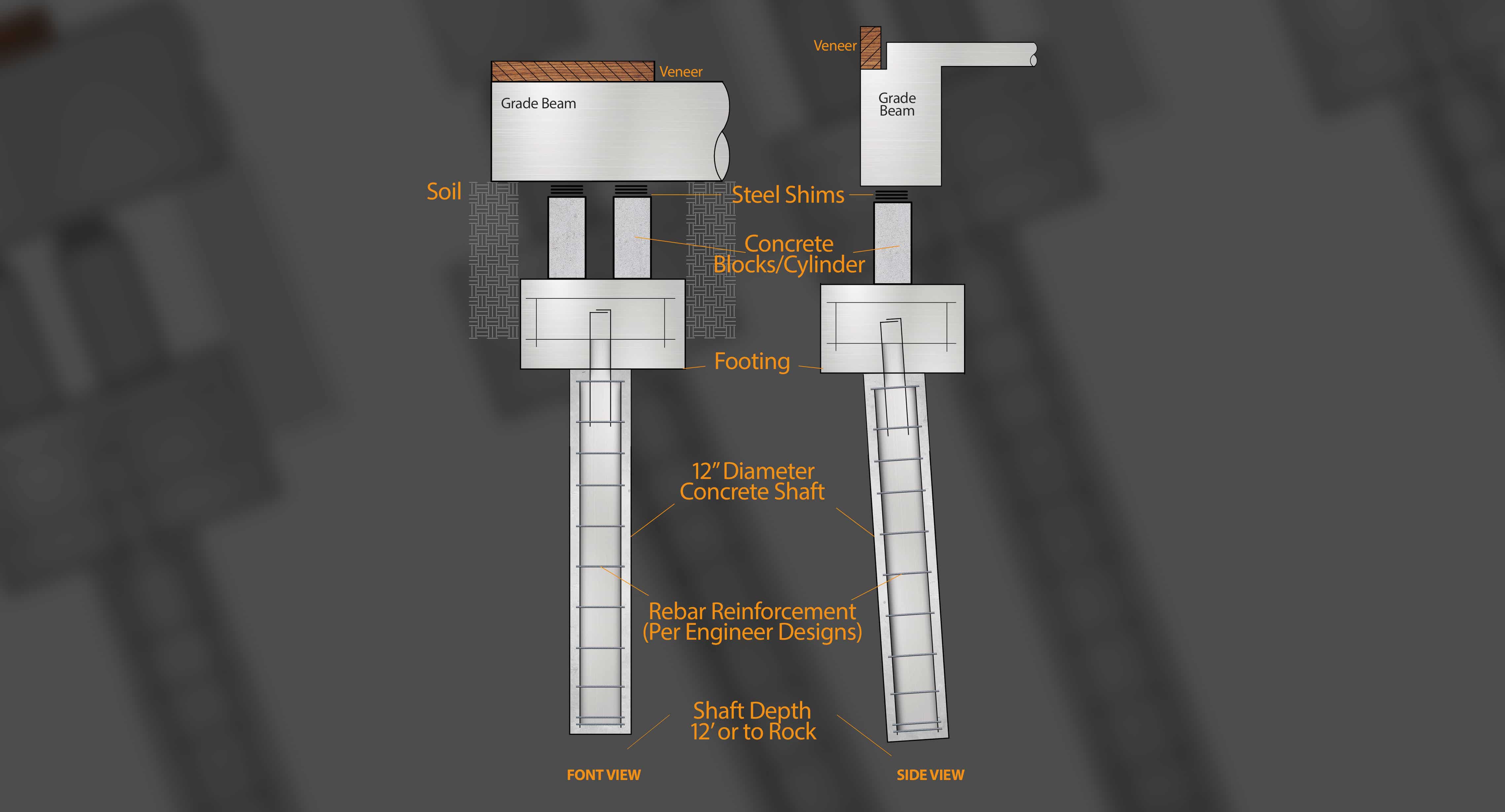One of the benefits of a beam foundation is that it’s easier to maintain than the common slab concrete foundation. Homeowners in the Garland, TX, area should take care to maintain their foundation for maximum longevity. Soil conditions in the area make foundation damage quite likely if you don’t take good care of this all-important structure.
Pier and Beam Foundation Maintenance Guidelines
The most critical step is maintaining a robust drainage system. When water is allowed to pool around the home, moisture seeps under the foundation, which leads to concrete warping and contraction. Too much moisture accumulation also leads to decay in wooden beams and joists.
The Texas region has heavy clay soils, which is prone to swelling when wet and shrinking when dry. This results in constant contraction that causes the foundation to heave up and down in rhythm with the seasons.
During dry seasons, water the soil. Aside from keeping the grass green, this will also keep the soil from drying out and shrinking. Be careful, though, not to water too close to the perimeter of the house. Water the soil starting from 18-inches from the base of the home.
Additionally, check your gutters and be sure the downspout directs the water at least five-feet away from the foundation perimeter.
Conduct Periodic Foundation Checks
Perform a visual inspection every six months. Examine for cracks in the walls and ceiling in every room. Check that all doors and windows open and close properly. By the time these defects are apparent, you already have significant foundation damage. It’s best to bring in an inspector to catch early signs of damage that is undetectable by non-trained professionals. This is especially important after a flood or heavy storm with a lot of water runoff.
We Inspect and Restore Pier and Beam Foundations
We hope you find these pier and beam foundation tips practical and easy to implement. For professional inspections, contact Align Foundation Repair. Pier and beam foundations are not uncommon in the Garland region, and we inspect, repair, and restore them on a regular basis.




